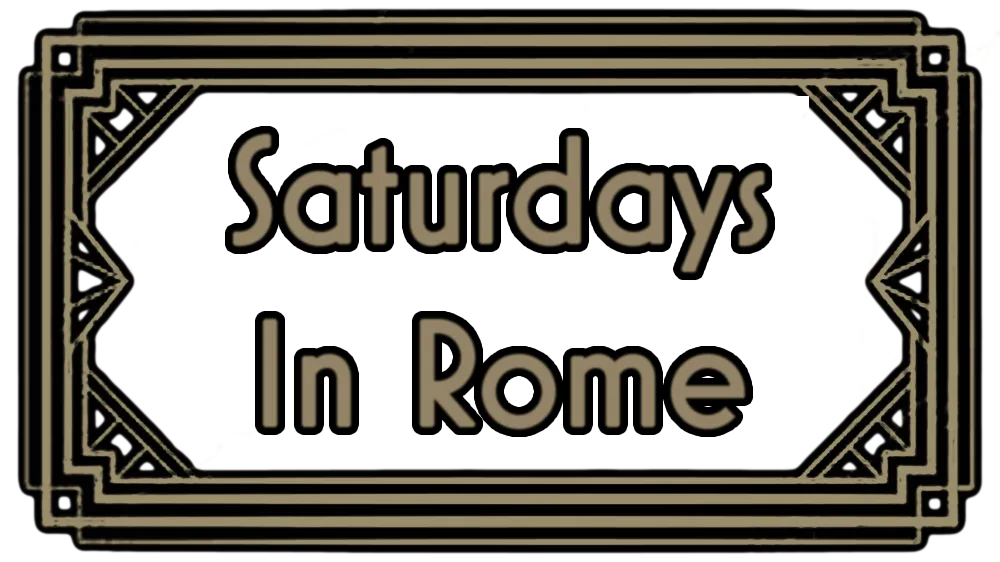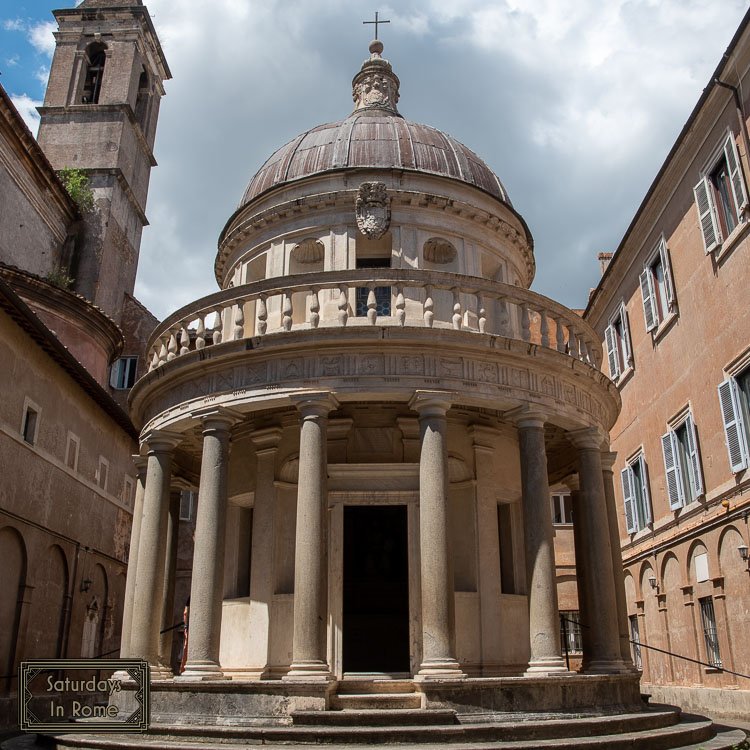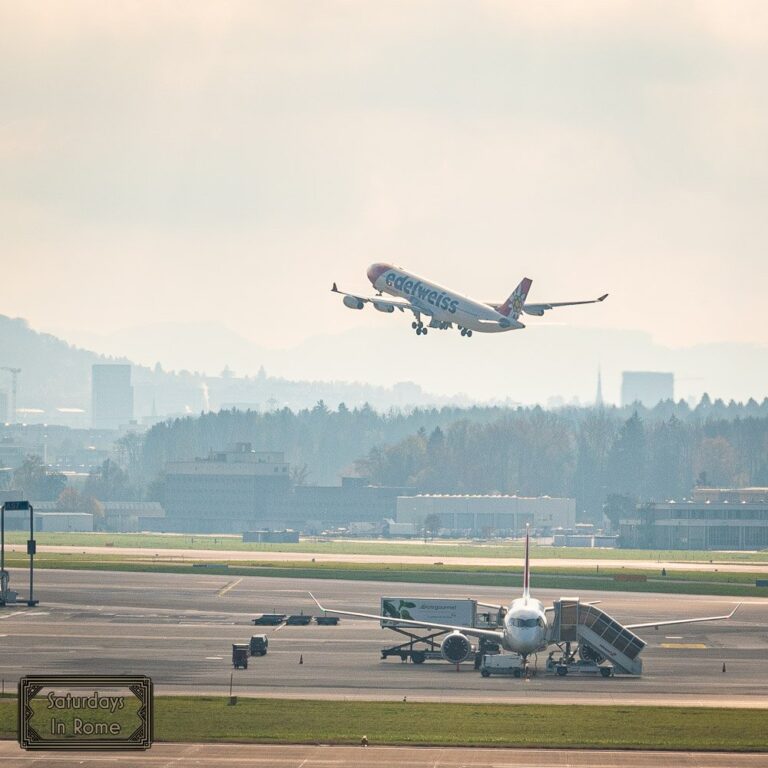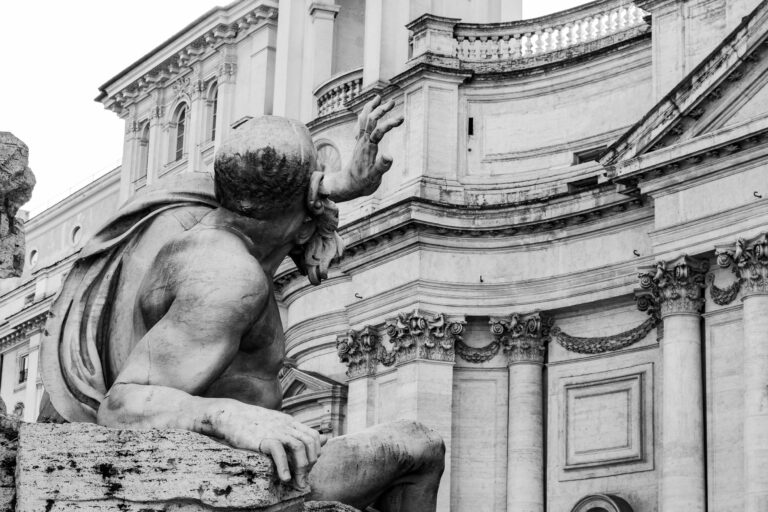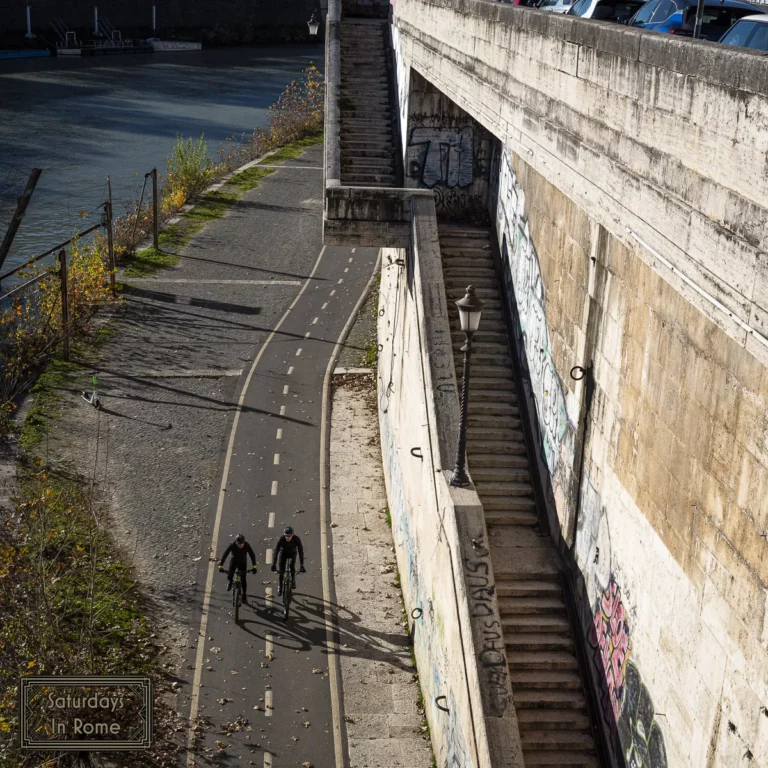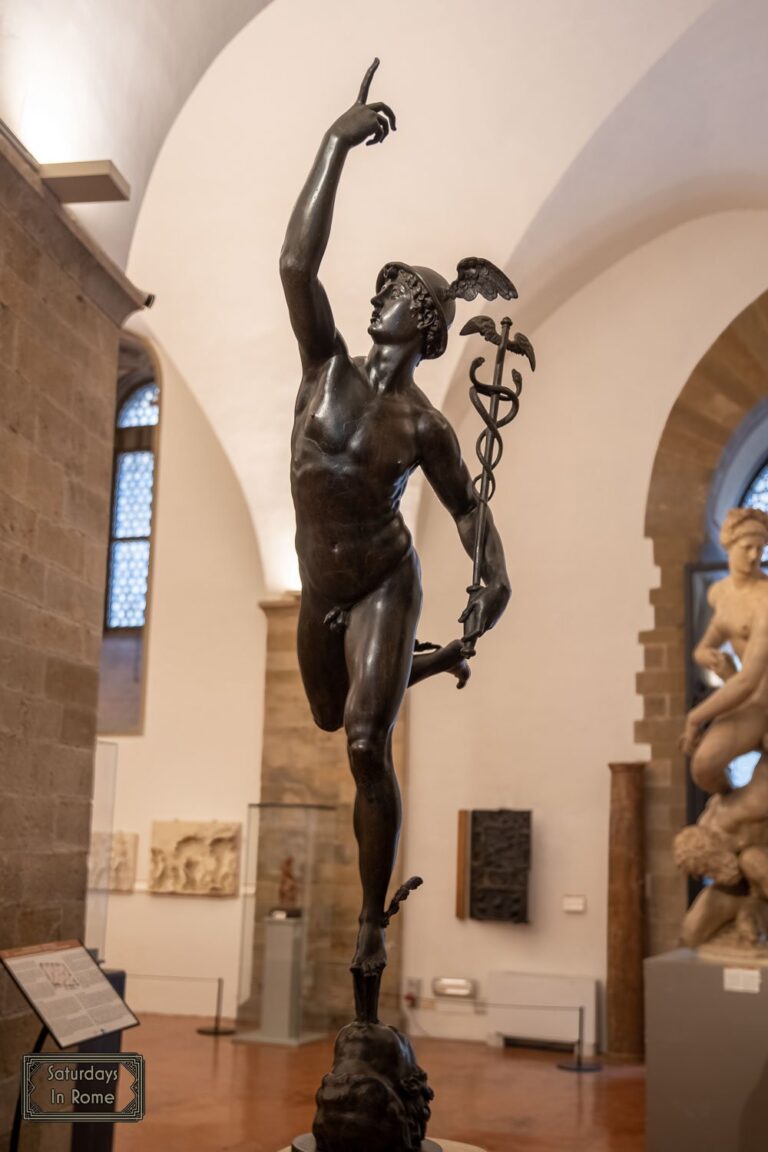A Guide To Planning A Trip To Rome For The First Time
Planning a trip to Rome for the first time can seem overwhelming, but with our guide you can be confident that you have considered all the important choices.
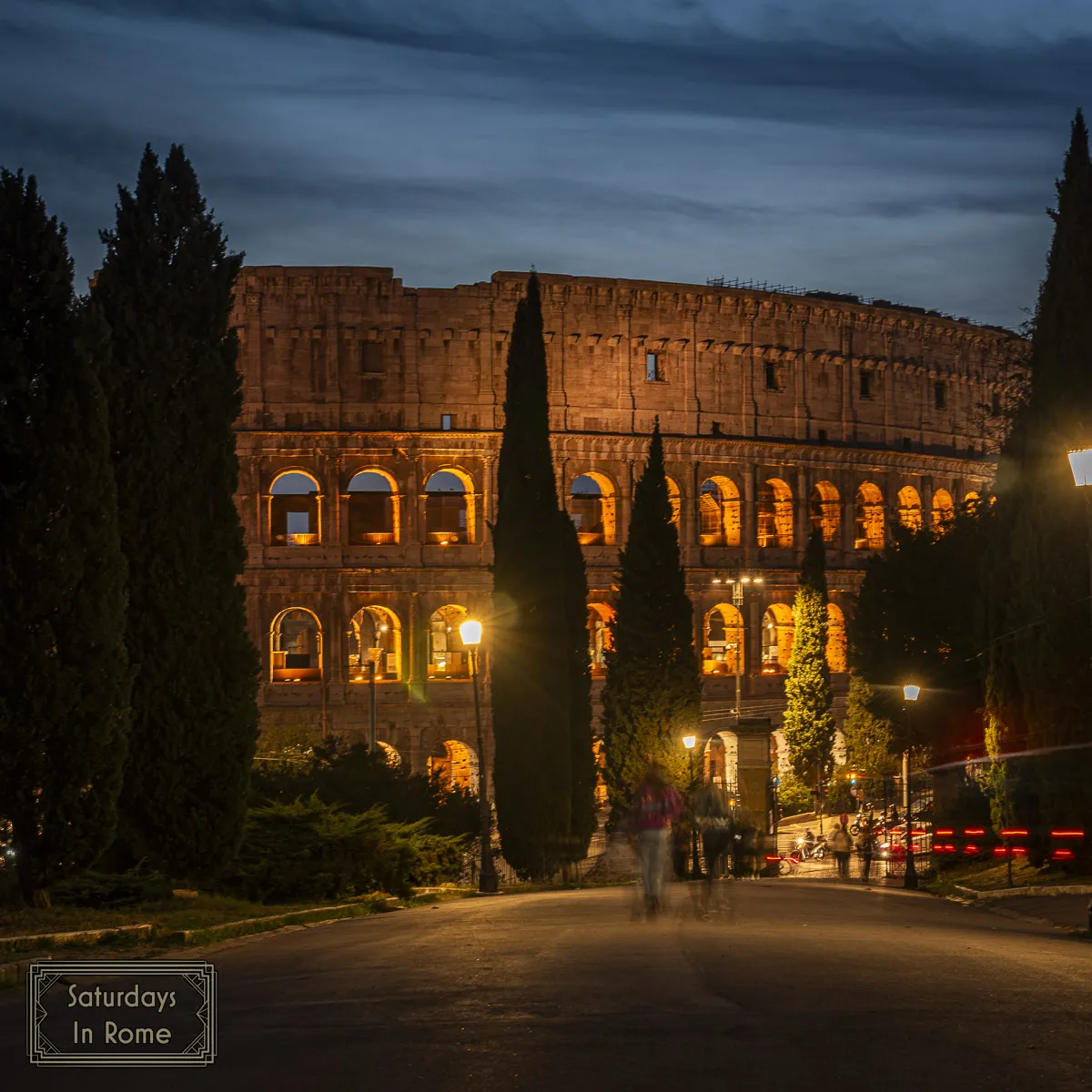
A trip to Rome can be a magical experience, but if this is your first time planning this type of trip, you might find it difficult to decide amongst all of the options available. I will try to simplify your planning options and give my recommendations for what to see, where to eat and how to get around the city safely, with confidence and without breaking the bank.
Need Help Planning?
- Cheap Flights: Find The Most Affordable Flights.
- Accommodations: From 1 to 5 Stars And More.
- Car Rentals: Affordable Travel Across Italy.
- Sightseeing Tours: Explore Some Amazing Tours.
- Buying An eSIM: Stay Connected In Italy.
This post includes affiliate links.
Rome Travel Planning Introduction
Rome, the Eternal City, is a vibrant and sprawling metropolis rich in history, culture, and architectural wonders. However, navigating its ancient streets and modern infrastructure can be overwhelming for first-time visitors. From winding alleyways to bustling piazzas, getting around efficiently will enhance your experience and save you time and energy.
This guide will walk you through the best ways to navigate Rome as a tourist, covering public and private transportation, trip planning, safety tips, and essential travel hacks. By the end of this article, you’ll have a clear understanding of how to move around Rome like a pro.
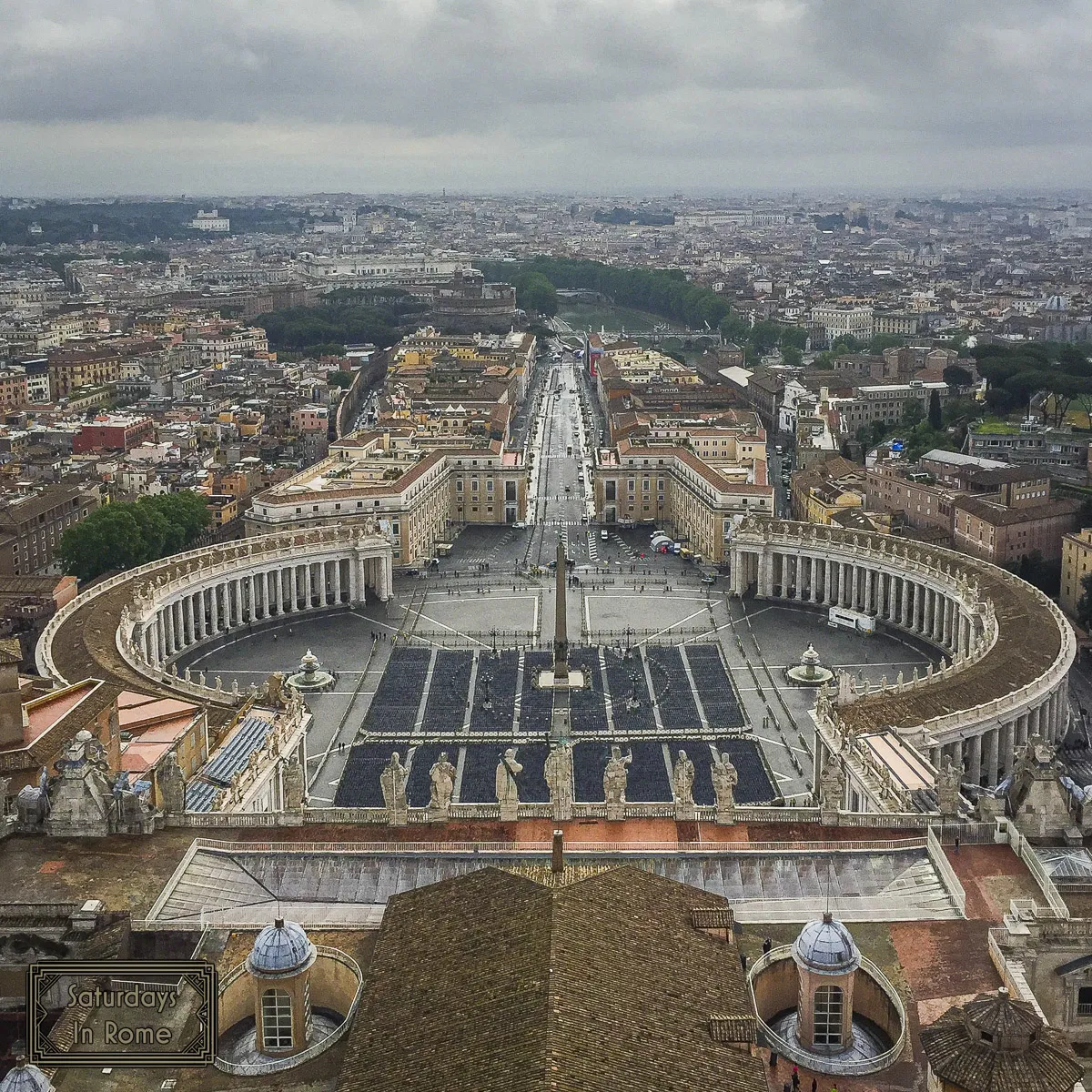
Understanding Rome’s Layout
One of the simplest ways to understand the layout of Rome is to understand the ancient walls that used to surround the city. If this is your first time coming to Rome, it is unlikely that you will travel much outside the ancient city walls, apart from a trip to Vatican City or Trastevere.
Rome is divided into several districts, each offering a unique charm and appeal. The most significant landmarks serve as natural reference points for navigating the city. Here are a few key aspects of Rome’s layout:
- The Historic Center (Centro Storico): Home to famous landmarks like the Pantheon, Trevi Fountain and Piazza Navona. This area is highly walkable but can be crowded. If you want convenience, you should consider a hotel in the Centro. The price will be a little higher, but you will save time and transportation costs.
- The Vatican City: The world’s smallest country, located within Rome, is home to St. Peter’s Basilica and the Vatican Museums. On the other side of the Tiber, it is easy to reach my subway and taxi.
- Trastevere: A picturesque, vibrant neighborhood with cobbled streets and lively nightlife. What used to be an artists district is now mostly restaurants, bars and a couple of museums.
- Termini Area: Rome’s main transportation hub for trains, subways, taxis and trams. This is where you probably arrived in Rome, and most likely from where you will depart. The neighborhood is a bit sketchy, but we do have a couple recommendations for hotels that are easily within walking distance.
- The Tiber River: A useful landmark that divides the city into east and west sections. Not a landmark for hotels, but if you are going to Vatican City or Trastevere, you’ll want to understand where it is.
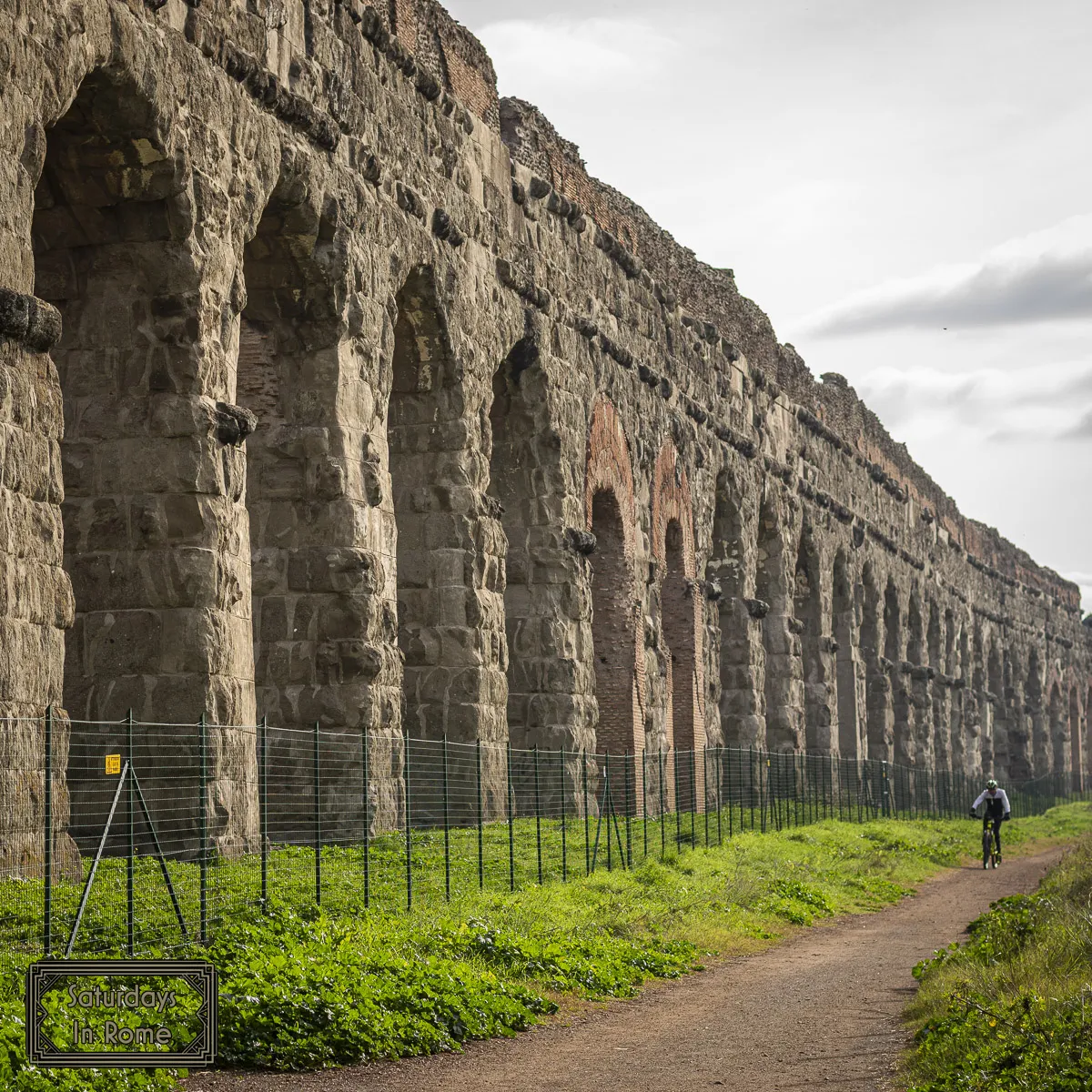
Helpful Navigation Tools
- Google Maps & Apple Maps: Reliable for walking and public transport directions. These chew up your data plan, so be sure to pay for enough data.
- MooneyGo, Moovit & Roma Mobilità: Great for real-time public transport updates. You can also buy tickets for the bus, subway and tram on the Moovit app to make your travels that much easier.
- Tourist Paper Maps: Maybe a little outdated, but for some quick guidance from the hotel or tourist offices, these are surprisingly helpful..
Public Transportation In Rome
Rome’s public transport system is managed by ATAC and consists of metro, buses, trams, and regional trains. It is unlikely that a single mode of transportation will entirely meet your needs. The best approach is to treat the system as complimentary pieces.
For example, you might need a subway and a bus in order to reach your destination. Transfers are included in the ticket prices, so you’ll want to be sure not to pay twice. Here’s how to use them effectively together:
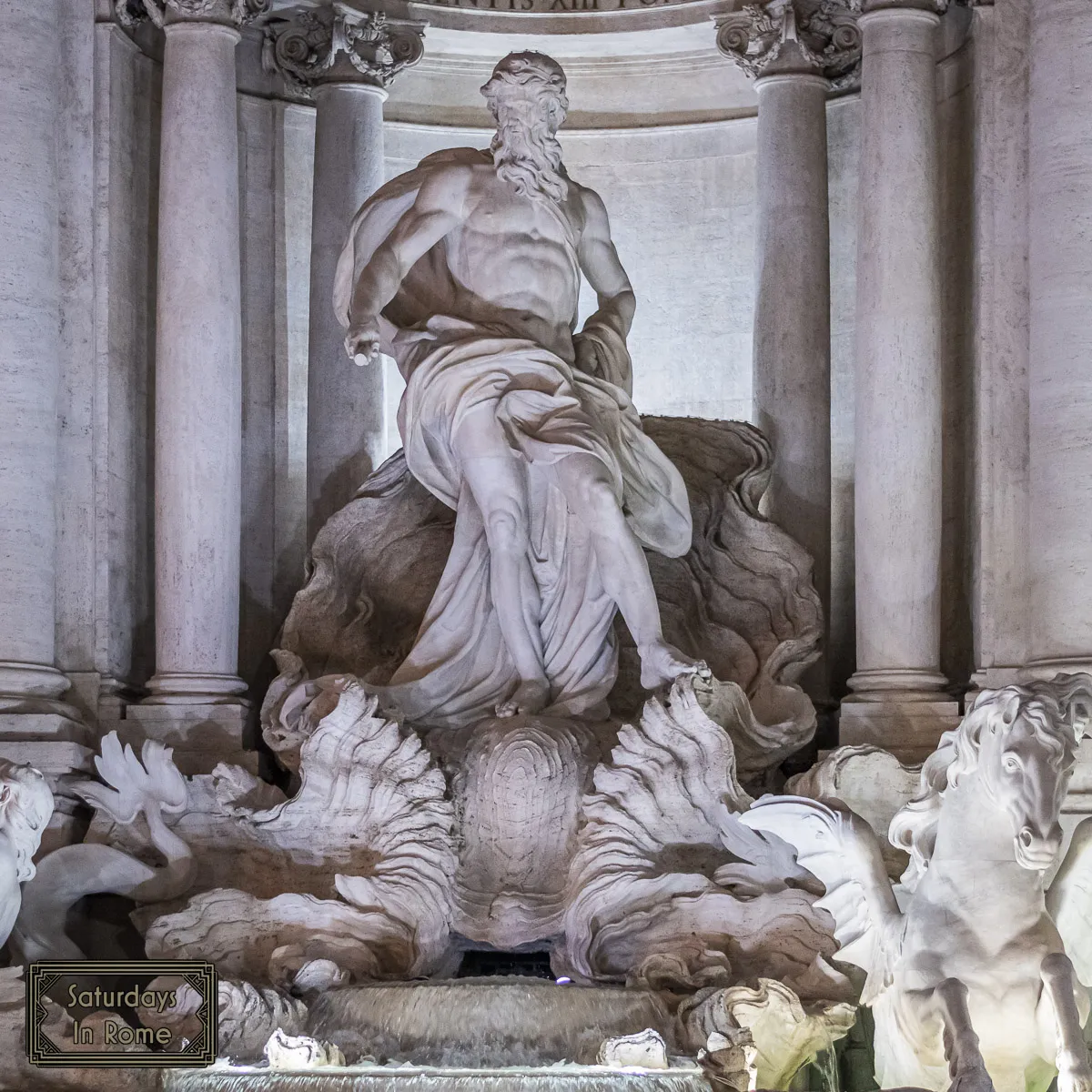
Il Metropolitana (Subway)
Rome’s metro system has three lines (A, B, and C), with Line C under construction in different parts of the city. While not as extensive as other European cities, or NYC, it will get you to the major tourist attractions in which you’ll be interested:
- Line A: Covers Vatican City, the Spanish Steps, and Termini Station.
- Line B: Connects the Colosseum, Circus Maximus, and EUR district.
- Line C: Still expanding but useful for certain outer neighborhoods. If you are in the Centro, and you see a lot of construction at a subway station, it is probably the C line. For example, today you will find construction work being done at the Colosseum and Piazza Venezia.
The Bus System
Again, the bus system, in my view, is complimentary to the subway system. The subway can get you somewhere in the Centro very quickly, but beyond that you will probably need to transfer to a bus. Some quick notes:
- Currently, Rome has 338 bus lines that run throughout the day, 22 night buses and 8,260 stops.
- Buses are useful for destinations not covered by the metro, but they can be slow due to traffic and more stops.
- Night buses (marked with “N”) operate when the metro closes.
- Buy tickets at metro stations, tobacco shops (Tabacchi), or via mobile apps.
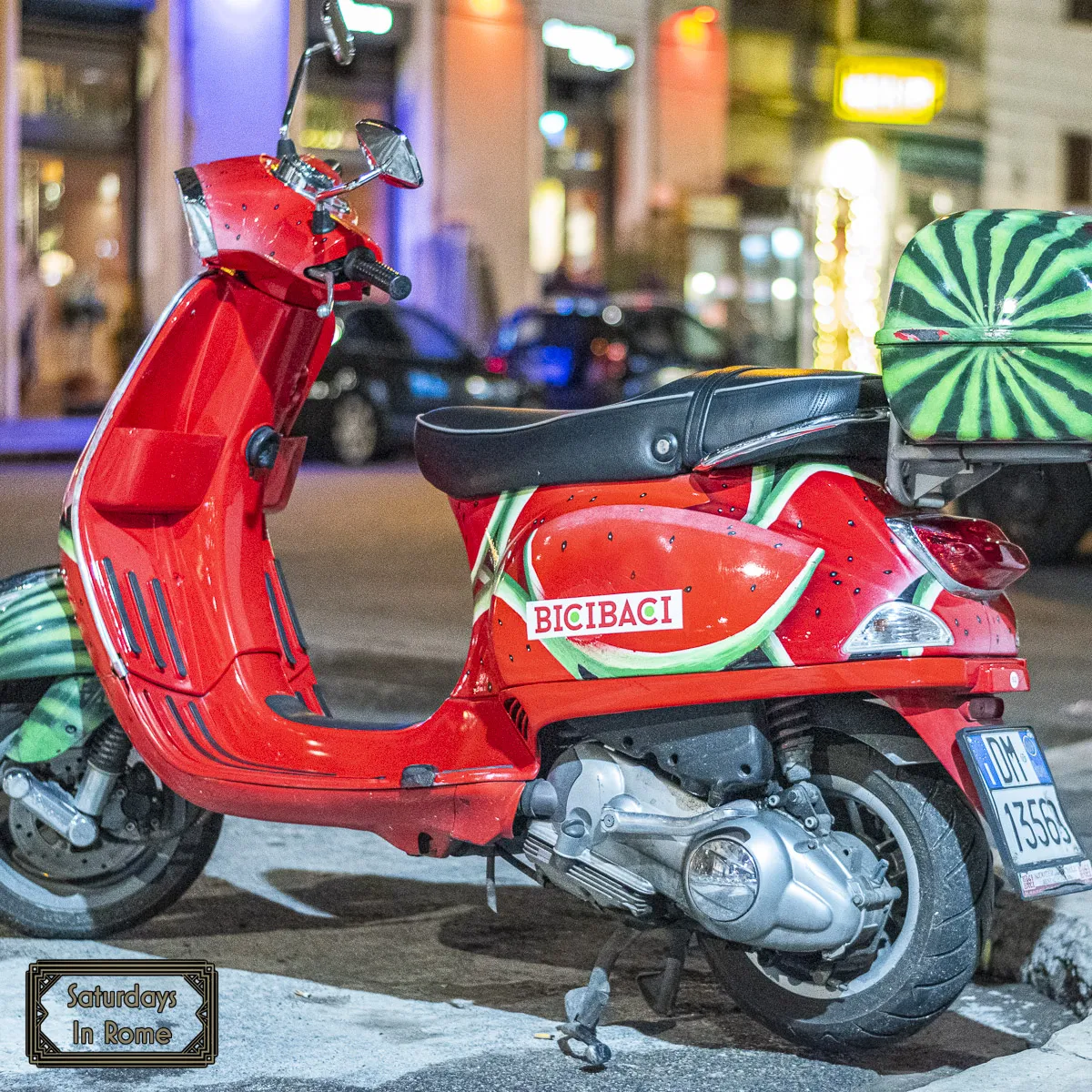
The Tram System
For me, the trams are a treat to ride. They are less extensive but a scenic way to travel around the city, which one caveat: When the outside of the Tram is covered in ads, it is difficult, but not impossible to see outside, which ruins the experience just a bit.
The Line 3 and Line 8 are the most useful for tourists, covering Trastevere, Colosseum, and Villa Borghese. Others will bring you to other corners of the city, so be sure to check out the maps to know where you will end up.
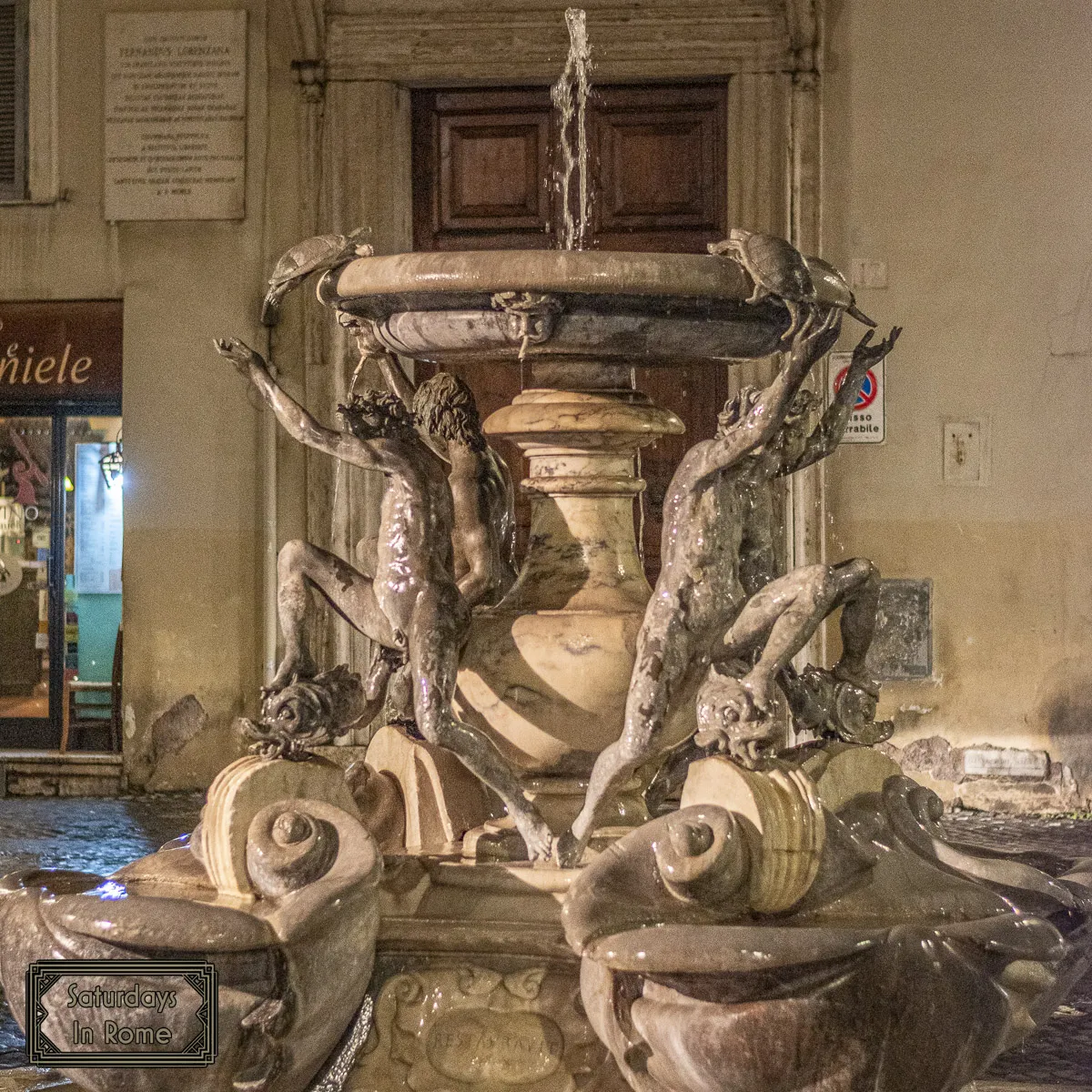
Regional Trains
These short distance trains will typically leave from Termini and Tiburtina stations and bring you to places a little further outside of the city of Rome. The Leonardo Express, for example, is a fast train to/from Fiumicino Airport and Termini Station. There are no intermittent stops and is an economical way to get to and from the main airport in Rome. The regional train lines are useful for reaching suburban areas and nearby towns like Ostia and Tivoli.
How To Buy And Validate Tickets
Here is some additional planning information if you expect to be using public transportation in Rome:
- Tickets cost €1.50 and are valid for 100 minutes on buses, trams, and metro.
- Purchase tickets at metro stations, kiosks, vending machines, tabacchi or via the MooneyGo (formerly MyCicero) app.
- Validate your ticket at metro turnstiles or onboard buses/trams.
- Failure to validate results in fines up to €100.
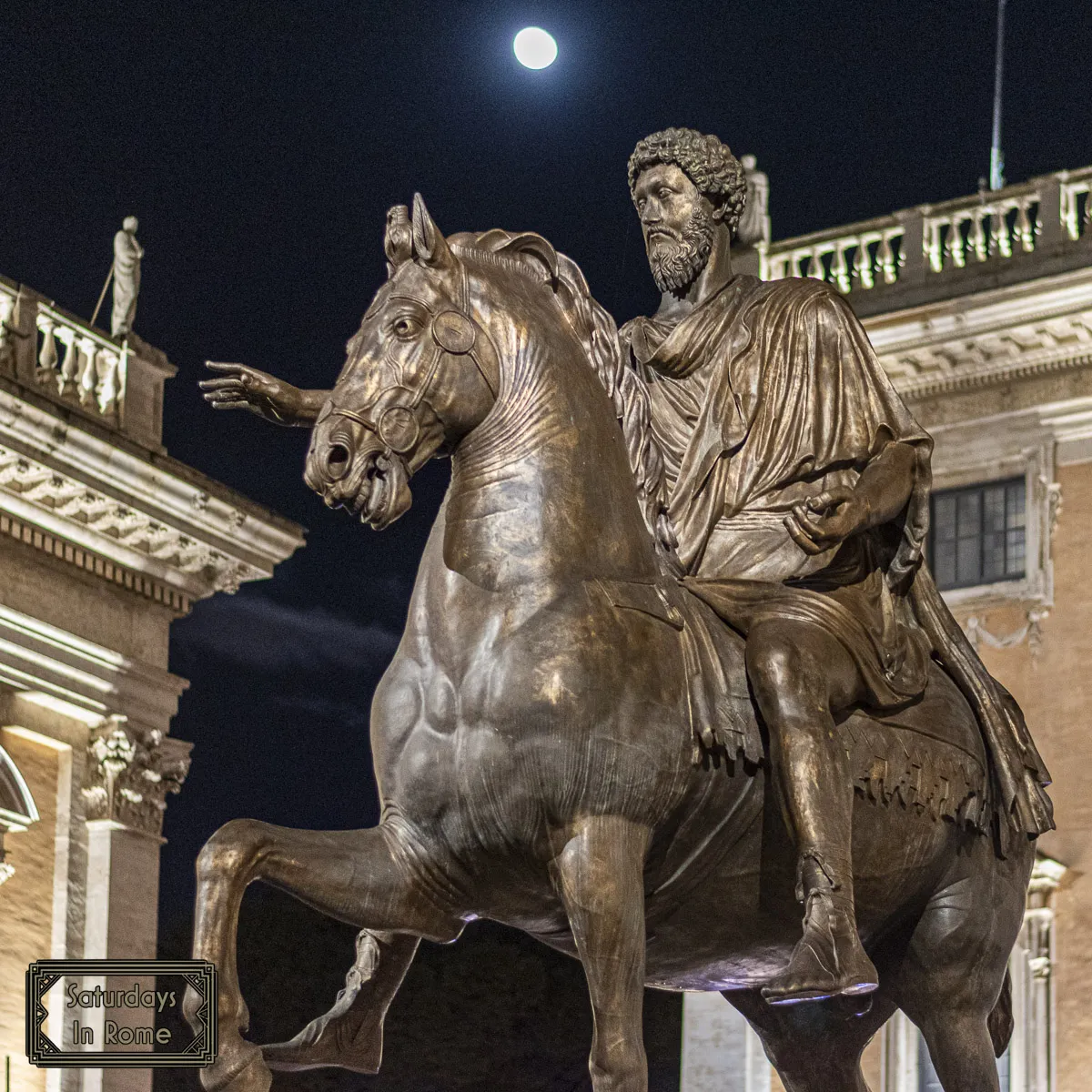
Private Transportation Options
If public transport isn’t your preference, Rome offers various private transportation options. What I mean by this is that these modes of transportation are not shared. These include:
Bike Rentals
These are affordable, eco-friendly and great for exploring parks like Villa Borghese. They can be a bit treacherous on the cobblestone streets and traffic can be a nightmare, but for a relaxing view of the city, you’ll want to consider renting bikes.
Scooter & Vespa Rentals
I would split this into two very different experiences. A scooter rental (eScooters, actually), is an inexpensive way to enjoy the city, but they have become an obstacle for residents and given the cobblestones, these can be considered a bit dangerous. Scofflaws are common, in that riding two on a scooter, not using a helmet and riding on the sidewalks is common but illegal.

Renting a Vespa, however, is a fun and iconic way to see Rome! You must have an international driver’s license and there are locations all over the city from which to rent these.
Beware: Rome’s traffic can be chaotic, so only experienced riders should attempt this.
Car Sharing & Taxis
If you have the time, and patience, to set up these accounts before you arrive in Rome, car sharing in particular might be a perfect option for anyone planning to leave Rome for one of the nearby towns for a daytrip. For guidance on Car Sharing and Taxis:
- Car Sharing Apps: Enjoy, ShareNow.
- Taxi Apps: FreeNow (official taxi app).
- Tip: Avoid hailing taxis on the street; always use an official taxi stand or app.
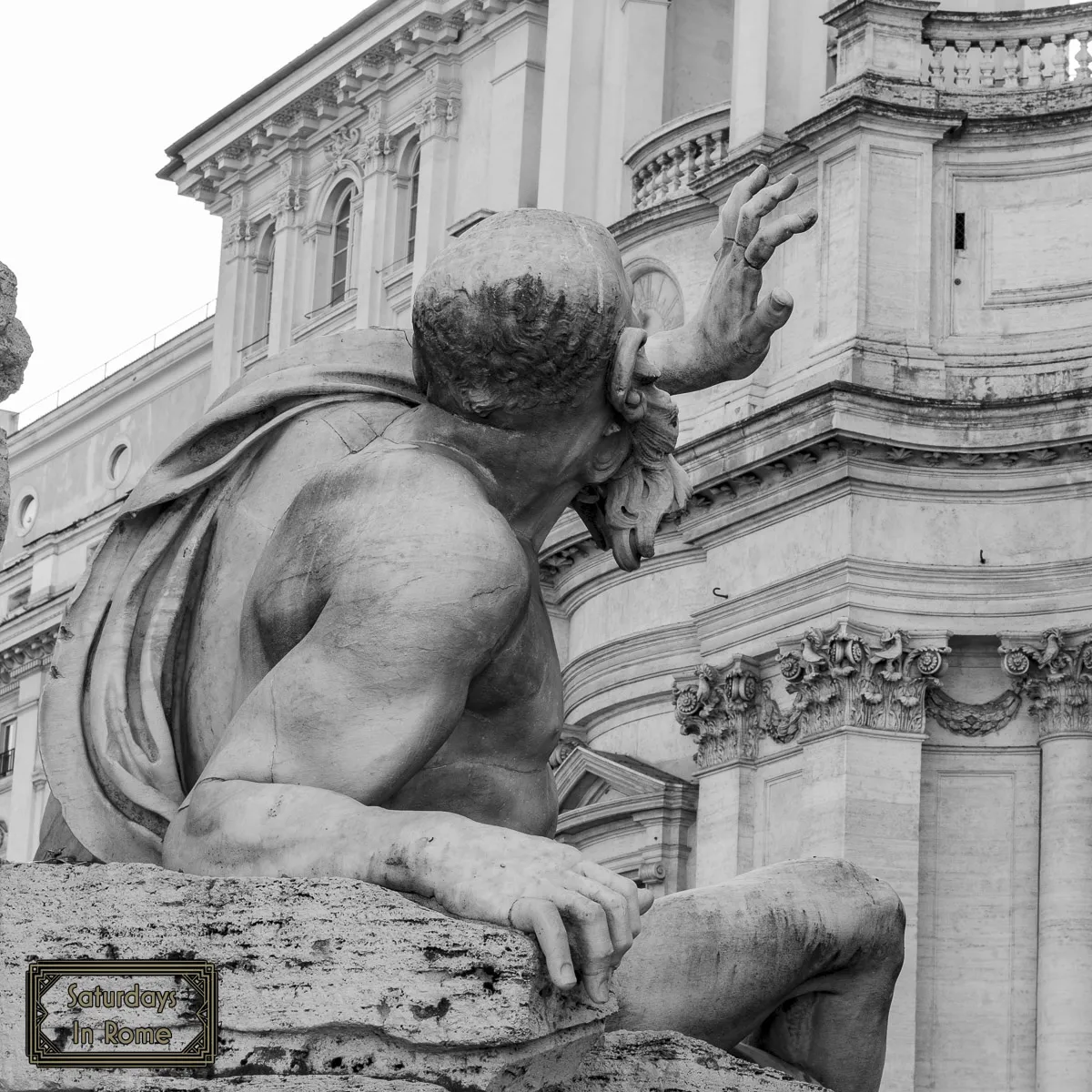
Planning Your Trip For Efficient Navigation
We have some great articles linked below that can give quite a bit of supporting information, but at a high level, here are some things to consider when you are planning your trip to Rome:
Where To Stay For Easy Access
- Termini Area: Convenient for transport, but less charming.
- Trastevere: Best for nightlife and local vibes.
- Centro Storico: Expensive but central to all major attractions.
Recommended Itineraries
- 1-Day Tour: In one day, the Colosseum and Roman Forum will probably be it.
- 3-Day Tour: With the additional time, you can include Trastevere, Trevi Fountain, Vatican City and the Spanish Steps.
- 5-Day Tour: You can now add Villa Borghese and Piazza Navona and a possible day trip to Naples or Orvieto.
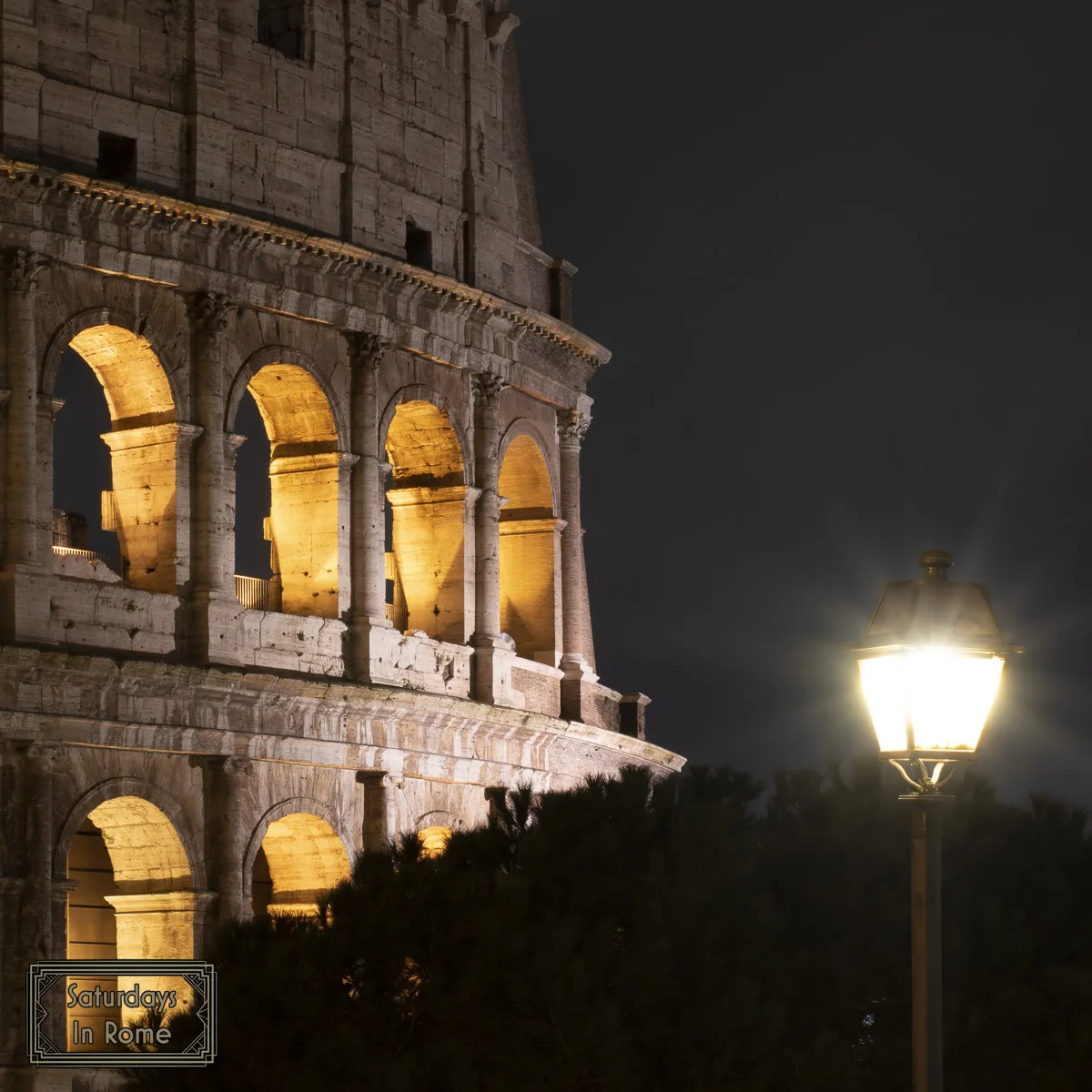
Packing Tips for Comfort
If you have never been to Rome, here are some suggestions that should help make your visit even better:
- Wear comfortable and sturdy walking shoes.
- Don’t forget your extra power bank and adapters.
- Bring weather-appropriate clothing, like a rain jacket, and plan to dress in layers for the most comfort.
- Bring or buy a reusable water bottle. There are free water fountains called nasoni all around the city that you will want to take advantage of.
Staying Safe While Navigating Rome
We have links to more in depth information for staying safe, but be sure to review these as a reminder:
- Avoid Pickpockets – Be cautious in crowded areas like Termini station, buses like the #64 and metro stations. Use an anti-theft backpack, money belt and keep wallets and phones in your front pockets.
- Dealing with Crowds – your safest bet is to avoid the crowds as much as possible. Visit attractions early in the morning or late in the evening and avoid rush hours.
- Getting A SIM Card For Easy Navigation – As soon as you land, or arrive in termini, buy SIM cards from TIM, Vodafone, or WindTre. They are reasonable programs for travelers with data plans that you will need.
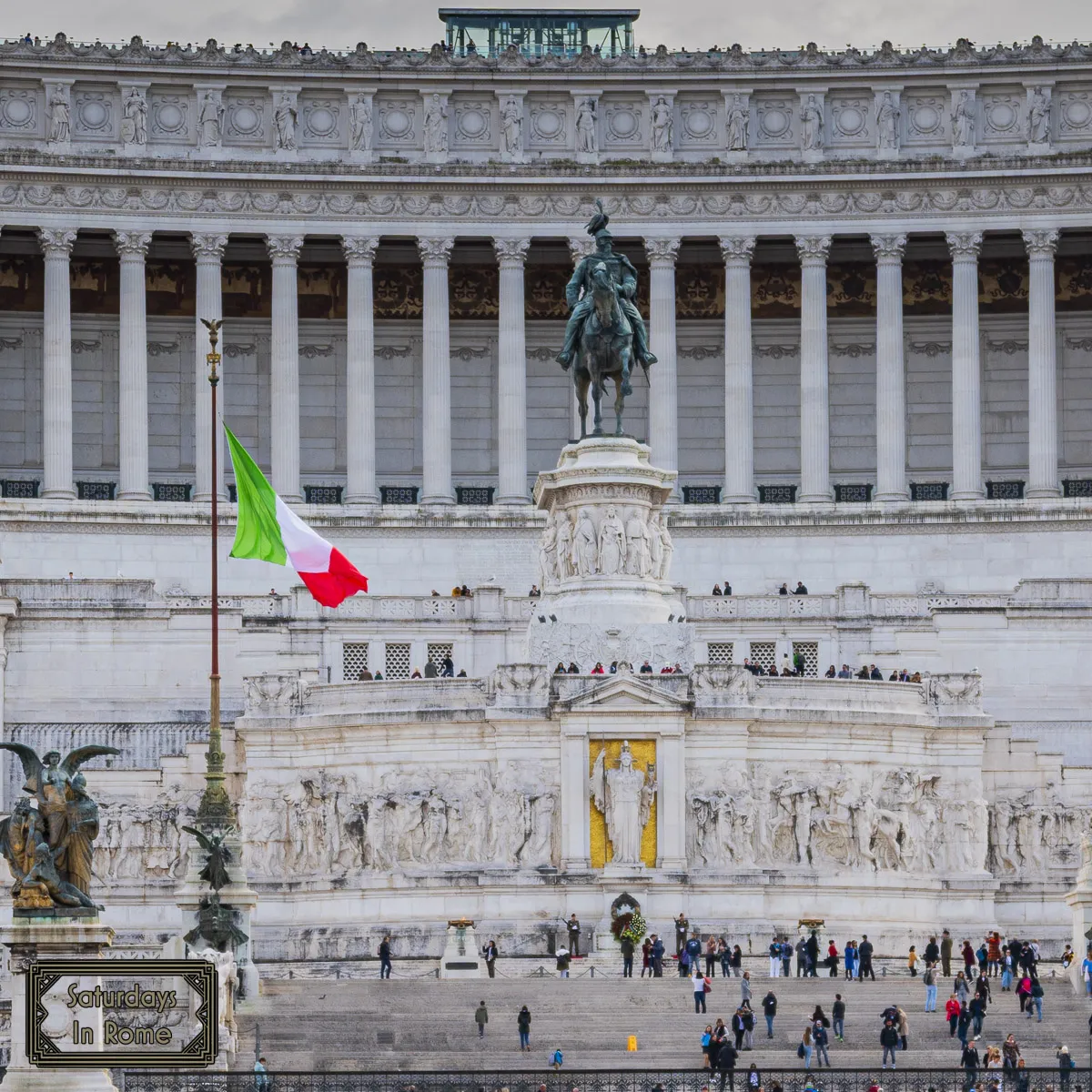
Where To Avoid Staying In Rome?
When traveling alone in Rome the hotel location will be a major consideration for you. I would recommend staying in the historical center of Rome, but not near Termini Station. Even though it would be cheaper, the area around Termini is pretty rough and I wouldn’t consider it safe for first-time travelers.
Further out from the center will be cheaper, but you will spend your time traveling from the hotel to your sites or meals every day in addition to the higher crime rates in the EUR district. Here are some recommendations for hotels of various levels and in different areas around Rome:
Now Start Planning Your First Trip To Rome
Navigating Rome as a tourist doesn’t have to be too stressful. By using public transport, private options and with a bit of strategic planning, you can experience the best of the city with ease.
Walking remains the most rewarding way to explore Rome, but having backup transportation options ensures flexibility. Be mindful of safety tips, use helpful apps, and immerse yourself in the charm of Rome.
This guide for planning a trip to Rome for the first time is just a starting point, you should be sure to check out some YouTube videos, travel books and other travel bloggers to get a complete picture of the options available to you when visiting Rome on a budget.
- Planning A Trip To Rome Is Easy With Our Complete Guide
- Essential Rome, Italy Travel Tips That Everyone Needs.
- Getting Around Rome: Your Complete Transportation Guide
